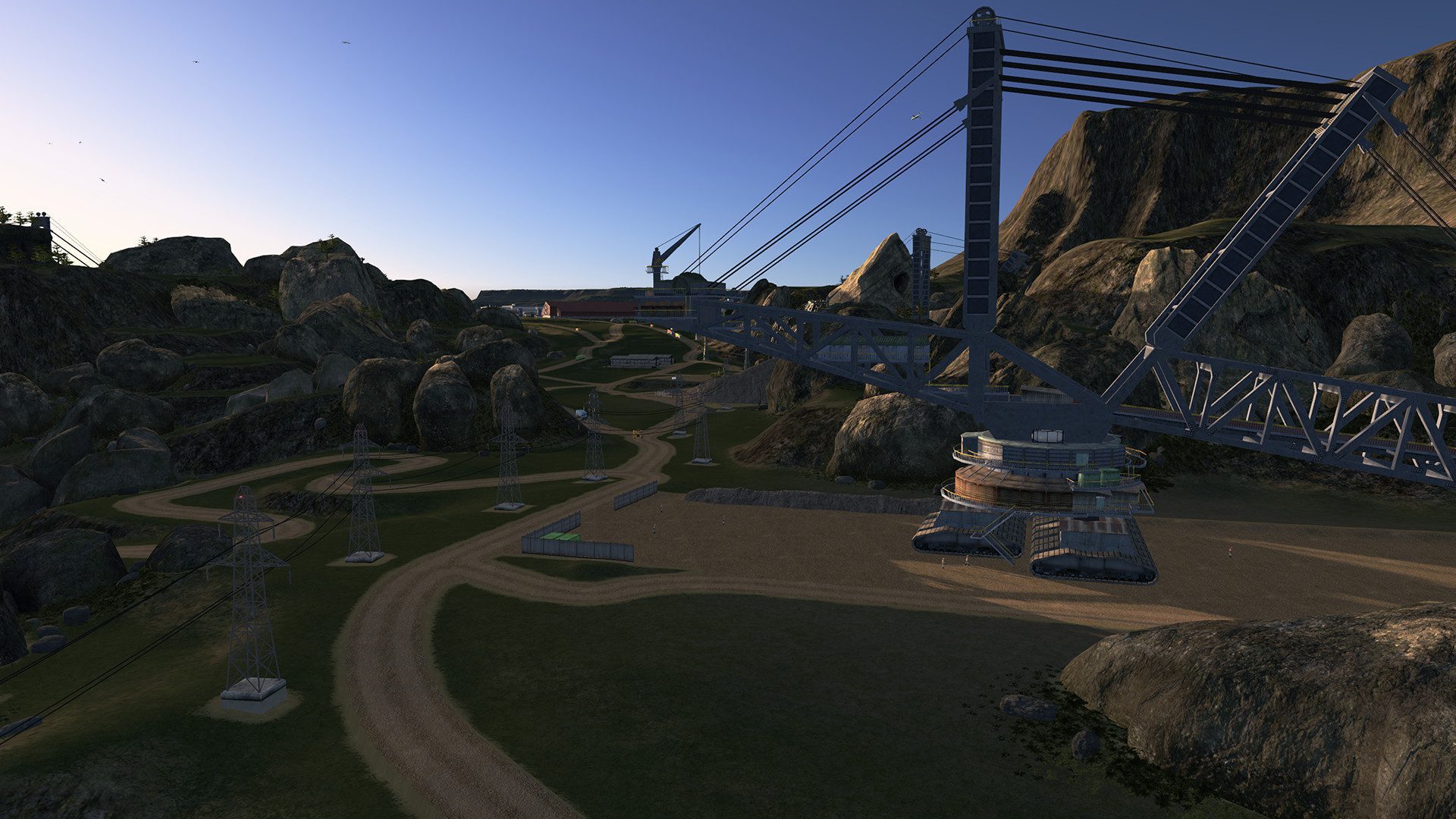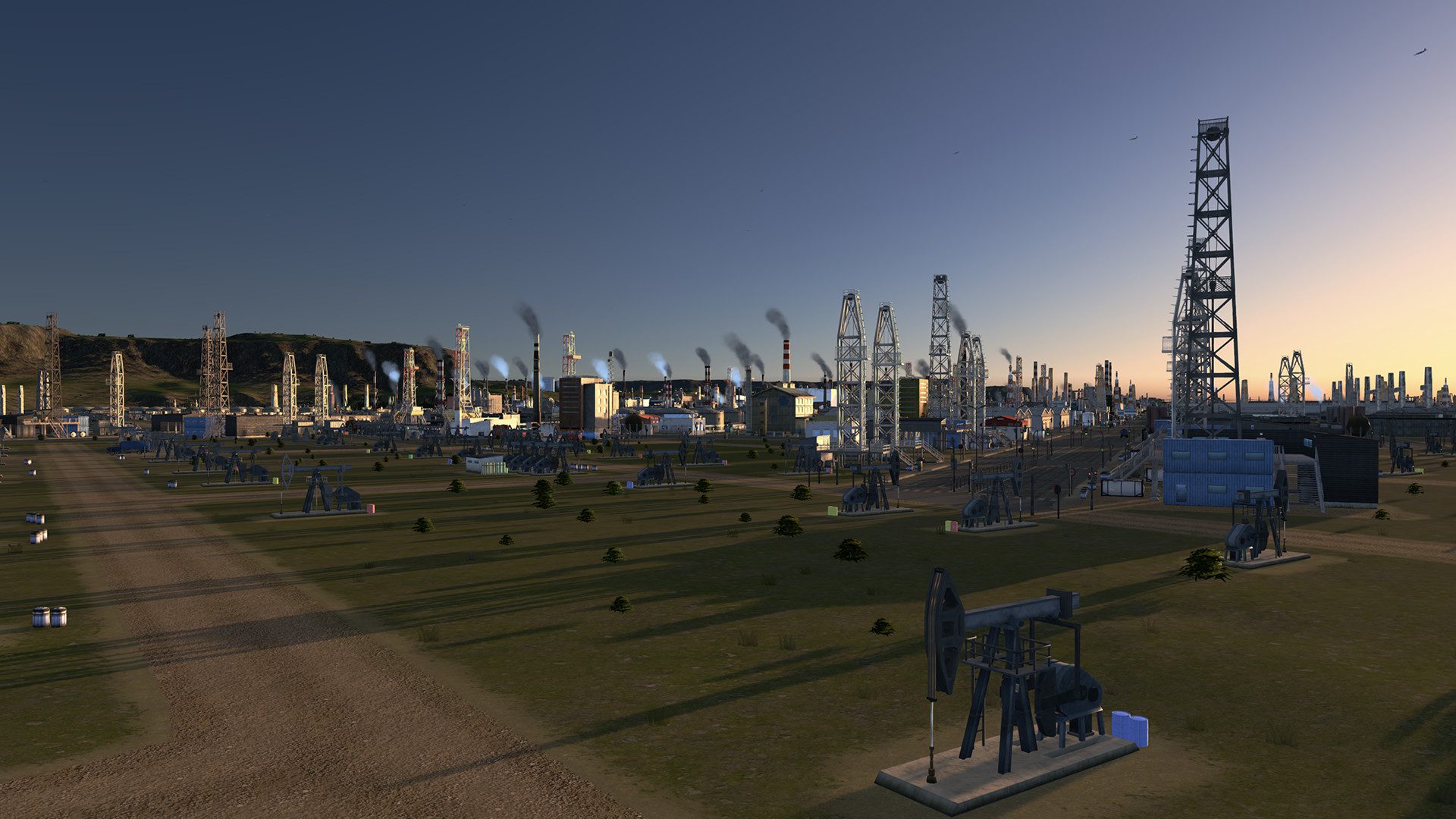Key Highlights
- The “Cities: Skylines Industries” DLC introduces specialized industrial districts for forestry, farming, ore, and oil, aiming to add depth to city management.
- Players can construct intricate supply chains, from extracting raw materials to manufacturing final products.
- The DLC attempts to integrate new city services like mail delivery and toll booths, aiming to affect city dynamics.
- Despite the additions, the Industries DLC feels somewhat underwhelming and fails to introduce significant gameplay challenges veteran players would expect.
- While the concept of specialized industries seems promising, its impact on overall gameplay feels superficial and fails to be a truly essential expansion.
Introduction
The buzz around the “Cities: Skylines Industries” DLC suggested it would change urban planning and resource management. The DLC tries to live up to this by adding special industrial areas with unique factories for different resource types, especially in regions with fertile land suitable for agriculture. It also lets you export factory goods and includes the use of the new cargo services, as the cargo airport eases import and export of factory goods, along with a new city service for mail delivery. Moreover, players must manage traffic effectively as they set up these systems. However, it doesn’t quite meet expectations. Instead of offering a detailed look at managing industries, we get a system that feels simple and somewhat disappointing. The initial thrill of building complex supply chains soon fades. Players realize that they need to ensure they have enough raw materials to cover their produced goods production, as this DLC doesn’t have the depth or challenge needed to affect gameplay in a meaningful part of the game.


Exploring the Impact of “Cities Skylines Industries” on City Development
The “Cities: Skylines Industries” DLC tries to improve the game’s industrial part, particularly focusing on the forestry industry and related storage buildings for processed materials and processing buildings, including a new maintenance building that boosts storage capacity and industrial props. It adds special industry areas and detailed production chains, including features inspired by the popular “Cities: Skylines – Synthetic Dawn Radio.” However, this change does not add much depth to the game. The new systems seem complex at first, but they soon show their limits. They do not challenge experienced city planners enough. Instead of being a big upgrade, “Industries” feels like a simple update, missing the excitement that many players want for a more fun city management experience.
The new industrial buildings, factories, and special structures look good, but they don’t offer real gameplay changes. Managing raw material extraction, different transportation options, and the production chain does not feel detailed enough. It does not capture the true complexity of industrial systems. The DLC seems like a lost chance to create a more lively and realistic industrial management experience in the ‘Cities: Skylines’ world.
The role of Industries in Urban Expansion
The “Cities: Skylines Industries” DLC shows us the idea of detailed industrial areas being key to city growth, particularly in utilizing natural resources. It seems great that well-managed industry zones, regardless of their industry type, including animal products, can boost the economy and change the city’s look, especially when considering how a well-managed farming industry impacts overall efficiency in a well managed industry. But, this idea does not hold up when we see how simple the game’s rules are and how not so great it all feels.
People wanting to shape their cities with specialized industries may feel let down. The new industry areas look different, but they don’t blend well with the rest of the city. Instead of mixing industry with homes, the DLC creates a split between them.
In the end, the importance of industries in city growth feels forced. It does not have the detail and complexity needed for a fun and realistic city-building game. Players who want a stronger link between industry areas and city planning will likely wish for something better.


Comparing Pre and Post-Industries DLC City Growth
Looking back at the evolution of city growth pre and post-Industries DLC, one can’t shake off a sense of unfulfilled potential. The DLC attempts to inject more realism by simulating a complete production cycle, from raw material extraction to achieving productions goals for the final end product. However, this system, instead of revolutionizing city growth strategies, mainly adds a layer of micromanagement.
The impact of specialized industries on city growth feels largely superficial. The promise of diverse industrial opportunities ultimately boils down to a handful of new buildings and slightly altered production chains. The expected economic boom from efficiently managing specialized industries feels more like a slow trickle.
|
Feature |
Pre-Industries DLC |
Post-Industries DLC |
|
Industrial Zones |
Generic, lacking specialization |
Specialized districts for different resources |
|
Production Chain |
Simplified, focused on basic goods |
Attempts a complete cycle, from raw materials to final products |
|
Economic Impact |
Straightforward, with limited growth options |
Marginally more complex, minimal impact on overall growth strategies |
|
City Growth Patterns |
Driven by residential, commercial, and generic industrial demand |
Largely unchanged, specialized industries feel like a separate entity |
Conclusion
In conclusion, “Cities Skylines Industries” has some good and some not-so-good parts for building cities. The DLC brings new features and challenges, but it may not change city development as much as some hoped. The industries can make urban growth more complex, but they may not change the main gameplay a lot. By looking at city growth before and after the Industries DLC, we see some good changes but also some limits. If you want a city-building experience that is deeper and more detailed, the Industries DLC is worth checking out. However, counting only on this DLC for good city management might create difficulties for players to handle.


Frequently Asked Questions
How does the Industries DLC enhance city-building strategies?
The “Industries” DLC aims to improve city-building strategies. It adds new auxiliary buildings, raw material extraction, warehouse facilities, and cargo services. But these new features do not really change or improve the way players build cities.
Can you run a city efficiently with only the Industries DLC in Cities: Skylines?
The Industries DLC adds new maps and new industry policies. However, you should not depend only on it to run a city well. The DLC does not have enough detail and does not solve the main problems that come with managing a busy city. This is especially true when it comes to outside connections.
What are the challenges of integrating Industries into existing cities?
Integrating industries into current cities brings familiar problems. These include handling traffic and finding enough space for industry warehouses. This situation shows that the DLC has a limited effect on gameplay mechanics.
